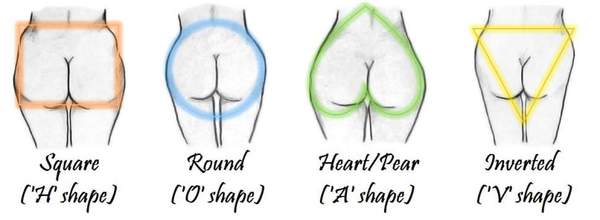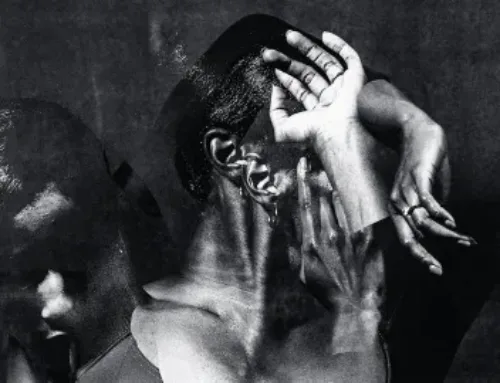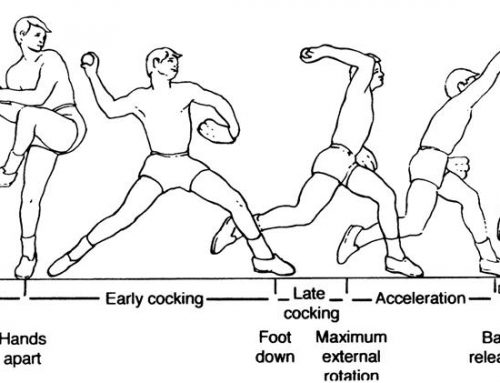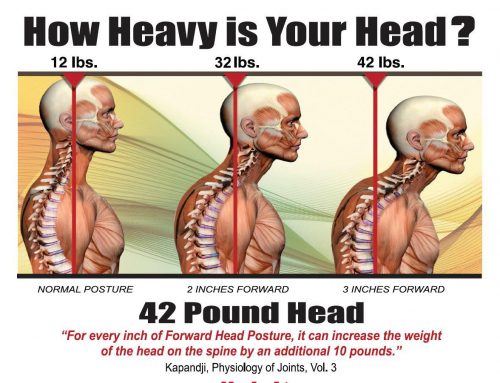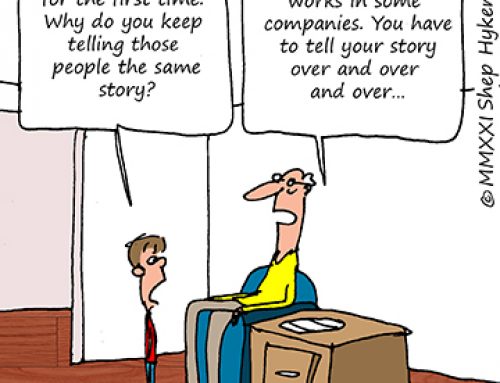Is this you? Upon waking your belly may be flat but by the end of the day it’s bloated and enormous? You may also be suffering form flatulence and smelly poops. It’s a very British thing that we don’t want to talk about our bottoms and also do not want to be touched there in therapies or movement. I think this is a big missing link for most therapists. The gluts play a vital role in the body and you cannot give or understand what you have not experienced. I personally will always palpate on assessments with clients and when teaching warriors to Yoga teachers will always show the gluteal crease and bony landmarks as they have a great contributor to the asana.
Did you know this may be one of your contributors to the shape and firing pattern of your gluts. The front is connected to the back of the body and the back of the body is connected to the front. The gluts are one of the major stabilizers in the body. If you come to me with knee pain, it’s the first thing I look at and address. I first heard about heart shaped bottom syndrome through Paul Chek. The below picture shows the typical gluts on a female. We are actually looking for an an upside down heart look, rather than below.
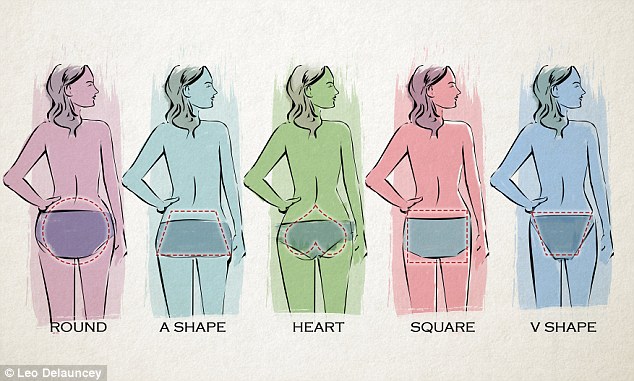
Of course we all want toned, tight, firm glutes? A fit pair of glutes is one of the most coveted body parts in today’s society; attention is given them everywhere from clothes adverts, the lyrics of the newest R & B song, to the latest celebrity top-ten “Best Butt” list, to whole celebrity magazines and television shows dedicated to their attainment. And while we all know they look good, what you may not know, however, is that fit glutes are actually a direct reflection of the elite fitness level of the one who possesses them. There is also predisposed genetic cultures which do have higher and more pert glut and this is very prominent in professional football.
So what about those gluts? One of the largest muscle groups in the body, “the glutes” consist of three muscles: the largest and most superficial gluteus maximus, the outer-most gluteus medius and the deepest, smallest gluteus minimus. The development of all three is important in creating that coveted round shape, however, a complete training plan also helps develop functional parameters such as balance, stability, power and improved posture; the development of which requires the glutes to work synergistically with the core. My dissection experience shows that above the gluts lies the superficial fascia(adipose tissue). There can be up to 6 cm superficial fascia and it has no muscle tissue in it.
https://www.traditionrolex.com/1
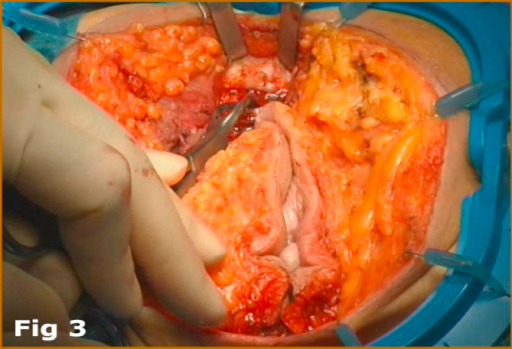
Thus, most exercises that help build strong, powerful glutes, also work on stabilization of the core (abdominals, obliques and lower back muscles). The feet have a significant role in this and this is why most of my Pilates apparatus work starts on the feet , to get the gluts active and bring awareness to them. This would be a stage one exercise, we then go to more body parts connected to the floor which would be stage two exercises. the guts should already be active at this point.
 The front is connected to the back of the body and the back of the body is connected to the. The gluts are one of the major stabilizers in the body and if you come to me, it’s the first thing I look at and address. I first heard about heart shaped bottom syndrome through Paul Chek. Now if the pelvic floor becomes dysfunctional (this can be due to a number of reasons). A small portions of the butt muscles fibres located close to the pelvic floor, become hyperactive, a steely assist in stabilising the pelvis and its contents. This leads to atrophy of the of the larger butt muscles and prominence of the glut ,edits muscles(side muscles). You can clearly see this on professional sports players and if your pants have a tendency to sit in the gluteal . The pictures below show this, does the model on the left have efficient gluts or is he a recipe for future injury?
The front is connected to the back of the body and the back of the body is connected to the. The gluts are one of the major stabilizers in the body and if you come to me, it’s the first thing I look at and address. I first heard about heart shaped bottom syndrome through Paul Chek. Now if the pelvic floor becomes dysfunctional (this can be due to a number of reasons). A small portions of the butt muscles fibres located close to the pelvic floor, become hyperactive, a steely assist in stabilising the pelvis and its contents. This leads to atrophy of the of the larger butt muscles and prominence of the glut ,edits muscles(side muscles). You can clearly see this on professional sports players and if your pants have a tendency to sit in the gluteal . The pictures below show this, does the model on the left have efficient gluts or is he a recipe for future injury?

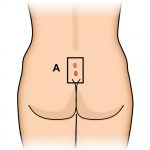
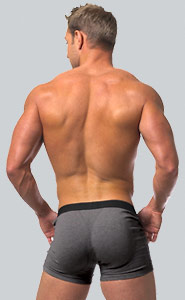

Dan Hellman, CHEK Institute faculty and physical therapist describes the importance of developing the core’s “inner unit” before moving on to more superficial muscle groups and how this relates to the proper development of the glutes: “If the inner unit that is composed of the transversus abdominis, diaphragm, multifidus and pelvic floor is not working properly to segmentally stabilize the core, other muscles (glutes, hamstrings, etc) will have to take over to do its job. This now turns the gluteus maximus that is two-thirds fast twitch muscles fibers and one-third slow twitch muscle fibers into a stabilizer muscle instead of a mover muscle. This is what Paul Chek refers to as “Heart Bottom Syndrome.” A functional butt should look like an upside-down heart with flat lower abdominals, while a dysfunctional butt will look like a right side up heart with distended lower abdominals.

So our aim is to have the heart sitting up and is often reffered to on men as a pepper. If you think you have heart shaped bottom syndrome, this places you at far greater risk of othopaedic and visceral injury when exercising and performing daily tasks because you cannot effectively stabilise your spine.
How do we do this? Get someone who knows what they are doing. 1. ‘A 2017 medical study suggests that a gluteal activation warm-up may facilitate recruitment of the gluteal musculature by potentiating the glutes in such a way that a smaller neural drive evokes the same or greater force production during movement. This could in turn potentially improve movement quality. The study was carried out on a group of Rugby players. They were warmed up using targeted activation exercises and movements. The exercises are said to increase key kinematics of movement (injury reduction) and ultimate force production, particularly lower limb explosive reactions. 2.The results of this study provide support for the employment of gluteal activation exercises as a strategy to acutely facilitate the recruitment of the gluteal and hamstring musculature and that this may result in improved movement quality. In addition, the results of this study add tacit support to the notion that the mechanism of the increased recruitment is through a potentiation of the neuromuscular system such that a given neural drive evokes greater force production.
Part of the chek protocol that I do on a one to one basis is as follows:
- Eat correctly for your metabolic type
- Eat high quality foods and drink adequate water
- Perform the core function tests and corresponding corrective exercise
Thin you need help? Get in touch!
Bibliography
“Eat,move and be healthy”Paul Chek
‘Bowen Unravelled’ – Julian Baker
1.Effect of a gluteal activation warm-up on explosive exercise performance

